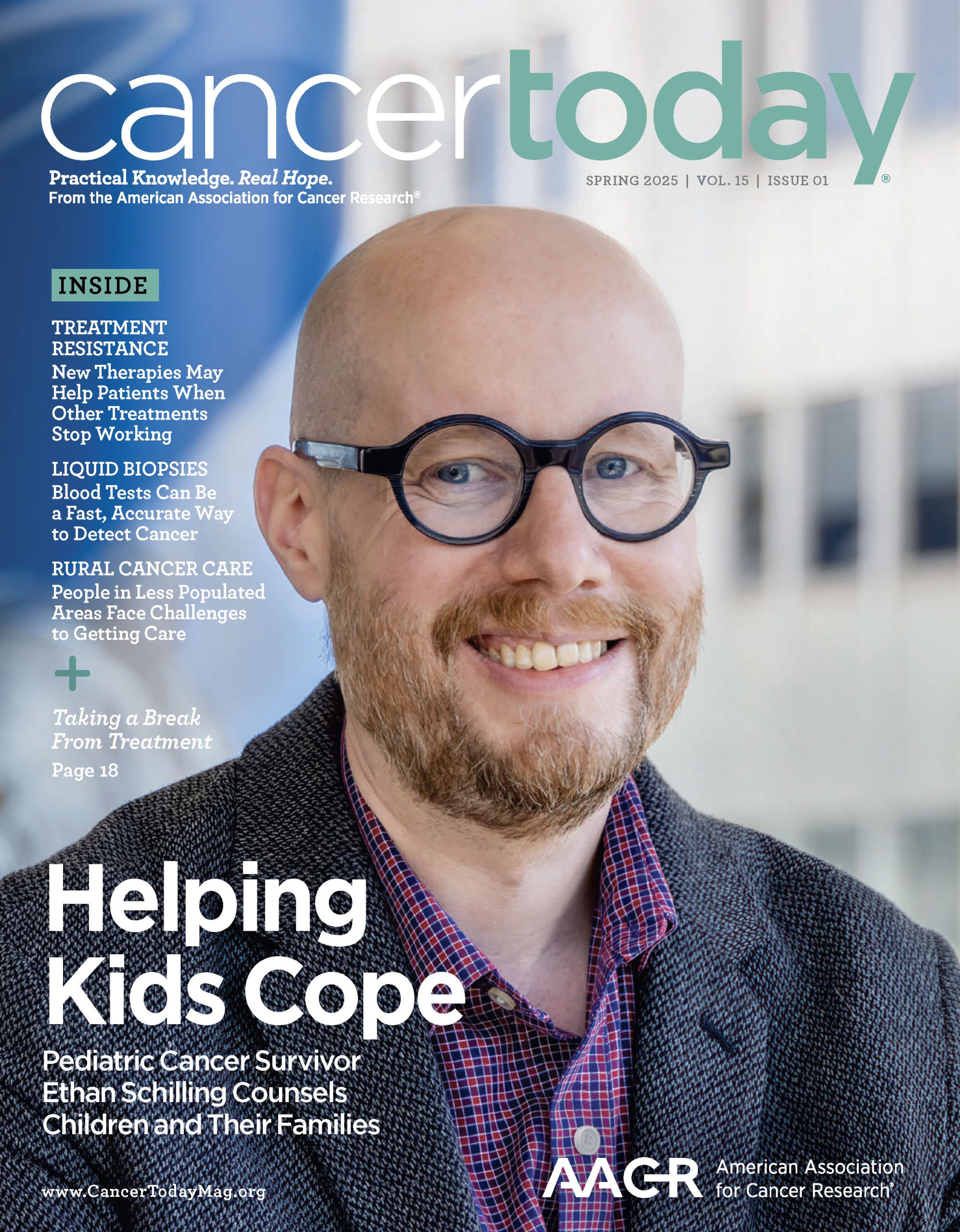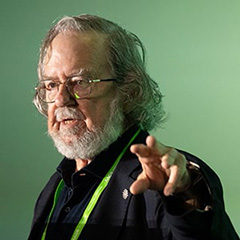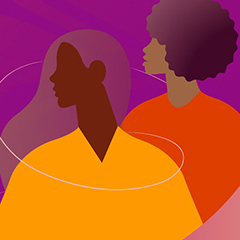JUST 29% OF PEOPLE WITH CANCER seek a second opinion for their treatment. But a study examining data from a program through Stanford Health Care in Palo Alto, California, suggests more people with cancer should consider it.
The study, published Feb. 11 in JCO Oncology Practice, tracked 657 patients who used an online portal to receive a second opinion from Stanford Health physicians. The doctors made a recommendation for at least a minor change more than half the time.
Some people seek a second opinion to get another doctor’s perspective on their diagnosis and treatment plan. The additional viewpoint can lead to a different treatment course or confirmation that the current treatment plan is well suited to one’s care.
In the study, doctors at Stanford reviewed each patient’s case and submitted recommendations in a written report. Patients who received the reports could take them back to their local health care provider.
Doctors advised a treatment change in 53.8% of cases. As part of the study, they also classified the recommended changes as major or minor, with 33.9% of participants receiving a recommendation for major treatment change. These major changes included treatment intensification for metastatic prostate cancer and forgoing chemotherapy in early-stage breast cancer based on genomic testing. The study did not track patients to see if their local providers pursued the new treatment recommendations.
Why Get a Second Opinion?
“What this shows is that in a meaningful number of cases, you are getting a change of opinion from that second person,” says Aadit P. Shah, an author on the study and a researcher at Stanford University School of Medicine.
A program like this could expand access to specialists from large academic cancer centers for people living in remote areas, saving them time, effort and expense, Shah says. In the study, 62% of the people participating lived outside California and nearly a quarter were from outside the U.S.
While virtual second opinions are a promising way to get input from a specialist, Otis Brawley, a medical oncologist and epidemiologist at the Johns Hopkins Kimmel Cancer Center in Baltimore, warns that getting care across state lines can be difficult. For example, though he has virtual visits with patients, those patients have to be within the state of Maryland, where he is licensed to practice, during the call, Brawley says.
The study also found that while most people seeking an online second opinion through the program had advanced-stage cancer, 64% of people with stage II cancer had a treatment change recommended, the highest percentage of any stage in the study. The authors noted the need to inform people with early-stage cancer about the ability to get another opinion on their treatment, especially given the relative complexity of early-stage care. In many cases, early-stage cancer includes a team of surgeons, radiologists and oncologists, whereas oncologists typically manage care for those with advanced stage cancer, the authors wrote.
Brawley, who was not involved with the JCO Oncology Practice study, says second opinions can provide assurances to patients that their care meets established medical guidelines. “When you are talking about treatment for cancer, you are talking about one of the most important decisions of your life,” he says.
New treatments have improved patient outcomes, Brawley says. But rapid progress has expanded the number of potential treatment choices, adding to the complexity facing patients and doctors. An oncologist who treats people with many types of cancer may not have the expertise of a specialist who treats just one type of cancer, he says.
“Getting these second opinions to get access to these drugs or remind doctors who are in the community that these drugs exist, I think is incredibly important,” Brawley says. “We need to have more people get second opinions.”
Cancer Today magazine is free to cancer patients, survivors and caregivers who live in the U.S. Subscribe here to receive four issues per year.





